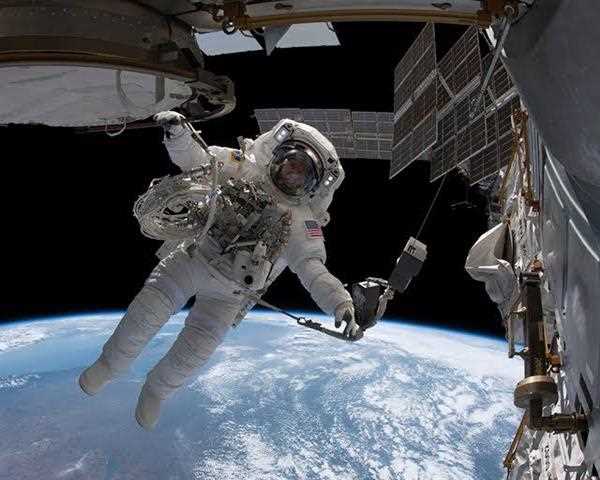Advancements in 3D printing technology, also known as additive manufacturing, are revolutionizing the space industry and impacting space missions in various ways. The ability to manufacture complex parts and components on-demand using 3D printing has significant implications for space exploration and spacecraft development. Here's how advancements in 3D printing technology are impacting space missions:

1. Lightweight and Complex Designs: 3D printing enables the creation of intricate and lightweight designs that were previously challenging or impossible to achieve using traditional manufacturing methods. This is particularly advantageous for space missions where weight reduction is critical for fuel efficiency and cost-effectiveness. By optimizing designs through 3D printing, spacecraft components can be lighter, stronger, and more efficient.
2. Rapid Prototyping and Iteration: 3D printing allows for rapid prototyping, enabling engineers and designers to quickly iterate and refine their designs. This is especially beneficial in the development of spacecraft and space exploration technologies, where testing and refining designs is essential. With 3D printing, parts can be rapidly produced and tested, accelerating the development cycle and reducing time to launch.
3. On-Demand Manufacturing: 3D printing in space eliminates the need for extensive storage of spare parts and components. Astronauts can simply manufacture the required parts on-demand using 3D printers available on spacecraft or space stations. This reduces the need for resupply missions and ensures the availability of critical components when needed, increasing mission autonomy and flexibility.
4. Customization and Adaptability: 3D printing allows for customization and adaptability in space missions. Parts can be tailored to specific mission requirements, enabling greater flexibility in design and functionality. This is particularly beneficial for space exploration missions, where the environment and objectives may vary from mission to mission.
5. Reduction of Supply Chain Dependencies: 3D printing technology reduces dependencies on complex and lengthy supply chains for space missions. Instead of relying on Earth-based manufacturing and supply, 3D printers can produce parts using locally available materials in space, such as lunar regolith or Martian soil. This concept, known as in-situ resource utilization (ISRU), significantly reduces the cost and logistics of space missions.
6. Repair and Maintenance: 3D printing facilitates on-site repair and maintenance during space missions. Astronauts can produce replacement parts or tools as needed, reducing the need for costly and time-consuming repair missions or the return of damaged equipment to Earth. This capability enhances the sustainability and longevity of space missions.
7. Biofabrication and Bioprinting: 3D printing is being explored for biofabrication and bioprinting applications in space. Scientists are investigating the possibility of 3D printing human tissues and organs in microgravity environments. This research could lead to advancements in long-duration space travel and potentially enable organ transplantation on-demand during deep space missions.
8. Education and Outreach: 3D printing technology in space missions has the potential to inspire and engage the public. It allows for the creation of educational models, replicas, and visual aids that can be used to enhance public outreach and understanding of space exploration. 3D printing also provides a tangible way for students and enthusiasts to connect with and learn about space missions.
Overall, advancements in 3D printing technology are revolutionizing space missions by enabling lightweight designs, rapid prototyping, on-demand manufacturing, customization, and repair capabilities. As the technology continues to evolve, 3D printing will play a crucial role in advancing space exploration, reducing costs, and increasing the sustainability of long-duration missions.